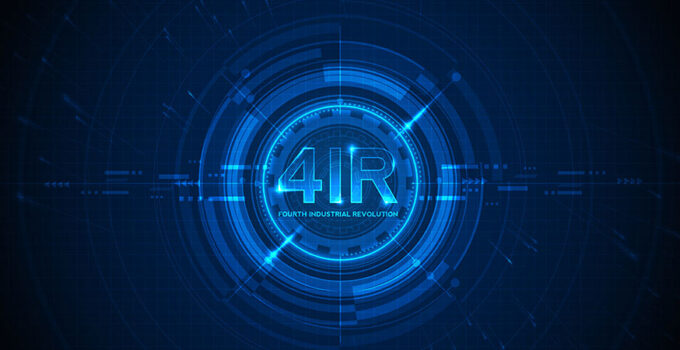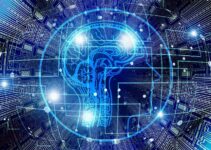The progress of the world depends on ourselves. The more we humans invest in the advancement of the world, the more we will eventually gain. When we say investment, we mean research that ultimately results in concrete results, ie a concrete innovative solution that will make it easier to operate. So we can say that scientists work hard and tirelessly every day for years and explore the possibilities in which change can be made. According to what we can see, the most advanced in that are the scientists from the information sector, and information engineering. For many years, they have been mostly working and investing in research and progress not only for themselves but also for other industries. Their results are evident and visible in the past years. Especially those results are visible in terms of automation and robotics, of which we as humans are especially proud.
Knowing the bedrocks of automation is the gateway to consuming the fast-growing technologies of the Fourth Industrial Revolution (4IR). Like any technology, knowing the importance of 4IR without understanding its application is never helpful.
There are four children of the 4IR. Many times, consumers of technology confuse the terms. If you have a challenge distinguishing them, worry no more. This article makes it easier to consume 4IR.
The kernel of automation consists of robotics, AI, ML, and IoT. Before consuming these technologies, here’s everything that lies under the hood— you should know as a consumer of automation.
1. AI
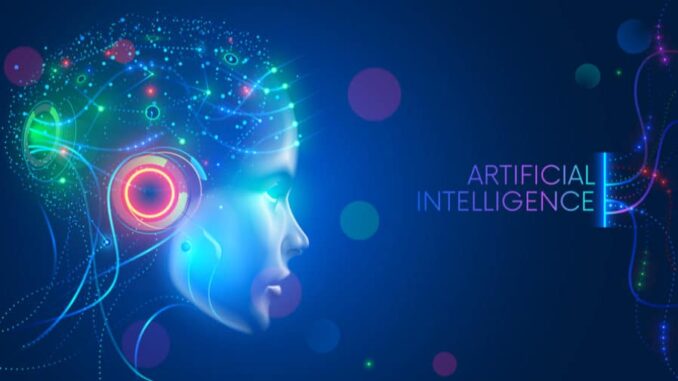
Source:uktech.news
As the name suggests, artificial intelligence (AI) is the invention of machines that possess human traits. As a human being, you sense changes in your surroundings. After analyzing the problem, you decide on an activity that moves you towards your goal.
For example, you want to travel from point A to B. Having studied the geography of your route, you make a decision that you will use the shortest path.
After starting the journey, you realize that the shortest path takes you through the jungle. The rocks and the doubtable safety of the forest make you think otherwise.
You decide to use the main highway. While back on the highway, you realize that you can still utilize time by traveling on a vehicle. Of the two available options, you decide to use a car instead of a typical truck. Though more expensive, the car will enable you to accomplish your goal faster.
A similar mindset applies to artificial intelligence. You want to solve the problem. You buy or make an intelligent machine. The machine analyzes (through data collection) the activity at hand.
It settles on the route that accomplishes the mission faster and more economically. The secret lies in machine learning.
2. ML
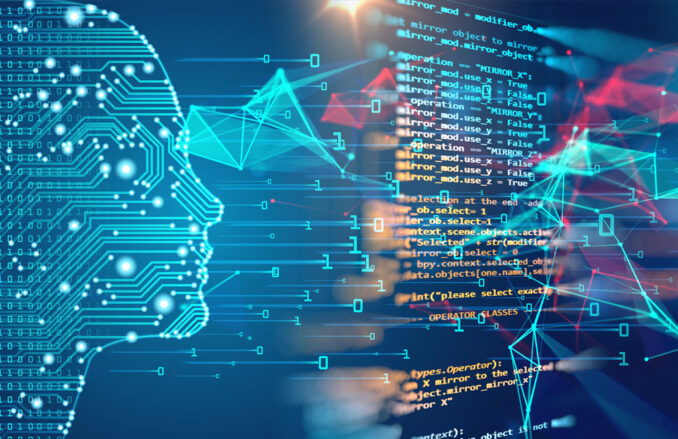
Source:einfochips.com
The more exciting part is that the more you expose the machine to its environment, the more accurate and faster it tackles the job. The ability of the machines to learn and make independent decisions is called ML (Machine Learning). Machine learning is part of the engineering that focuses on machines and their functions. Specifically, this segment refers to the programming of machines and their upgrading with functions that they need to know to perform to facilitate the life and functioning of people. It is based on giving basic commands to the machines that they need to memorize and with each subsequent request they execute them themselves without any problem or difficulty. We are working to eliminate all errors and shortcomings from the very beginning in order to get the most functional process that will not hinder the work but will make it even faster and more advanced.
Since different situations require varying intelligence levels, there are 2 main branches of AI. These are robotics and IoT. Here is the nitty-gritty of each.
3. Robotics
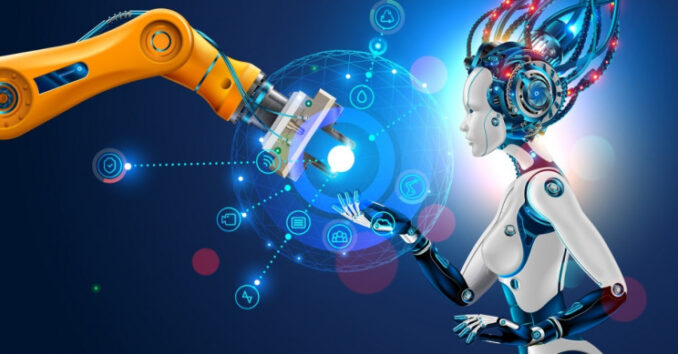
Source:interestingengineering.com
Robotics entail the use of robots in activities such as manufacturing, office, and home duties. Depending on the riskiness and level of human-robot collaboration needed, there are 2 key classifications of robots.
The first group comprises of traditional robots. Also known as industrial robots, traditional robots are best for mass production. They may be less intelligent. For this reason, they may not share a workplace with human employees.
The second classification of robots consists of collaborative robots. According to universal-robots, they are the most intelligent (some of them have a better intelligence quotient than humans) robots. Their arms can be customized to work in any workspace, with human beings.
Their friendliness, speed, and intelligence make them a good fit for any social and economic roles. Do you need a workmate, home messenger, guard, or a friend? Acquire one of the robots to achieve your goal(s).
4. IoT
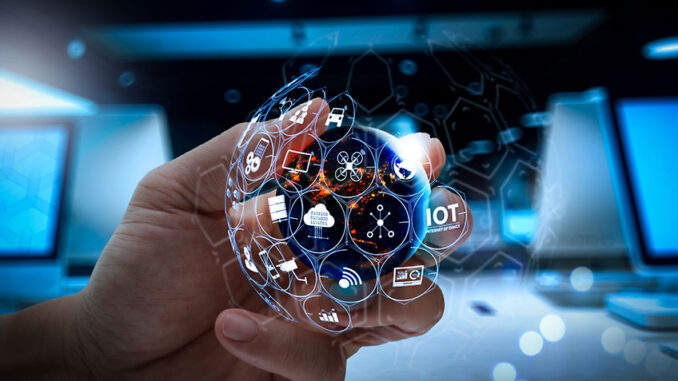
Source:simplilearn.com
Internet of things involves making machines (commonly referred to as things or devices) to understand each other. It is the most advanced form of artificial intelligence.
You connect various devices to a platform. Using sensors, the devices communicate amongst themselves via IP addresses. Like in human-to-human collaboration, the devices can be programmed or make decisions independently.
The intelligence from IoT is suitable for environments that demand high security and efficiency. These may be in security checks, vertical farming, and modern medical surgeries.
Conclusion
The breadth and intertwining of the prevailing technology may be the reason for stopping you from being economically competitive and socially secure. For that reason, it is necessary to constantly learn, to upgrade, but also to invest in research that in the end as finished projects or products will facilitate the functioning of all of us, and specifically in production will facilitate the work process. Progress depends only on ourselves and on how much we invest to make our work easier. If we invest today, tomorrow we will function much easier, and this segment of technological progress and engineering tells us that, a branch that is regularly worked on and invested, which can be seen from what has been achieved in the past period.
Now that you understand the kernel of the 4IR, it is your turn to pick what suits your need and use it to change your life.


